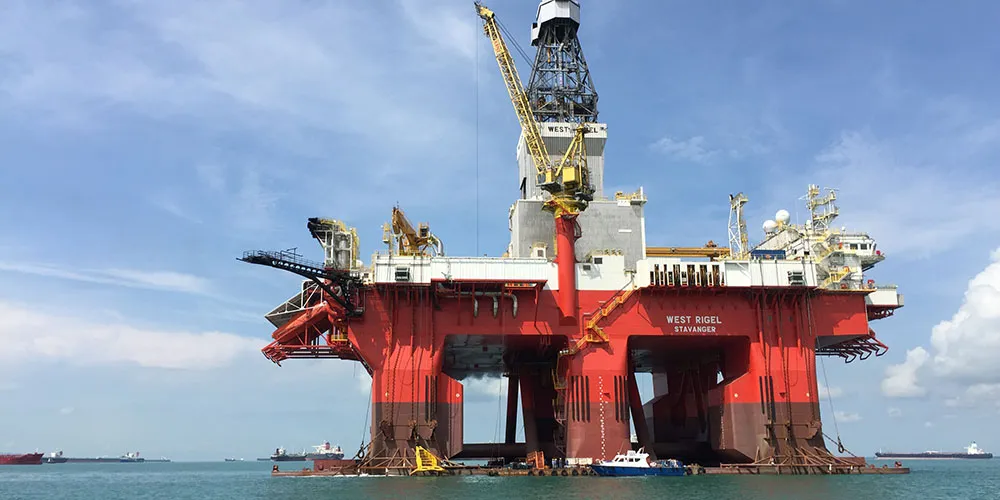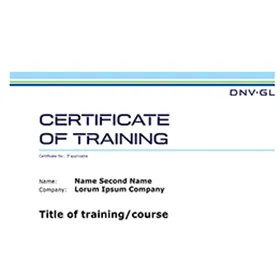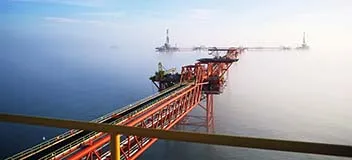SE-13 Semi-submersible analysis
This course focuses on ULS and FLS analysis of semi-submersibles
Description
This course focuses on design and analysis of semi-submersibles. Modelling the structures for FE analysis and the panel, mass, structure model for hydrodynamic analysis is performed in GeniE. The hydrodynamic environment modelling is performed in HydroD and the hydrodynamic analysis in frequency domain in Wadam.
Hydrodynamic loads are transferred to the FE model for structural analysis in Sestra. Hydrodynamic and structural results are presented in Xtract. ULS code checking of beams and plates is performed in GeniE. Sub-modelling using Submod, and fatigue screening and spectral fatigue analysis of plates/shells using Stofat, are also briefly discussed.
Overall workflow will be managed by Sesam Manager.
Learning scope
You will learn to perform all basic steps of structural and hydrodynamic analysis of a semi-submersible and similar floating structures.
- Setting up the workflow
- Preparation for panel and structure model
- Frequency domain hydrodynamic motion analysis
- Statistical process of global response and design wave selection
- Load Transfer Analysis
- Global structure analysis and verification
- Local analysis and plate code check
- Sub-modelling analysis approach
- Local spectral fatigue analysis
Target group
Hydrodynamic and structural engineers working with design of offshore floaters.
Description
This course focuses on design and analysis of semi-submersibles. Modelling the structures for FE analysis and the panel, mass, structure model for hydrodynamic analysis is performed in GeniE. The hydrodynamic environment modelling is performed in HydroD and the hydrodynamic analysis in frequency domain in Wadam.
Hydrodynamic loads are transferred to the FE model for structural analysis in Sestra. Hydrodynamic and structural results are presented in Xtract. ULS code checking of beams and plates is performed in GeniE. Sub-modelling using Submod, and fatigue screening and spectral fatigue analysis of plates/shells using Stofat, are also briefly discussed.
Overall workflow will be managed by Sesam Manager.
Learning scope
You will learn to perform all basic steps of structural and hydrodynamic analysis of a semi-submersible and similar floating structures.
- Setting up the workflow
- Preparation for panel and structure model
- Frequency domain hydrodynamic motion analysis
- Statistical process of global response and design wave selection
- Load Transfer Analysis
- Global structure analysis and verification
- Local analysis and plate code check
- Sub-modelling analysis approach
- Local spectral fatigue analysis
Target group
Hydrodynamic and structural engineers working with design of offshore floaters.


